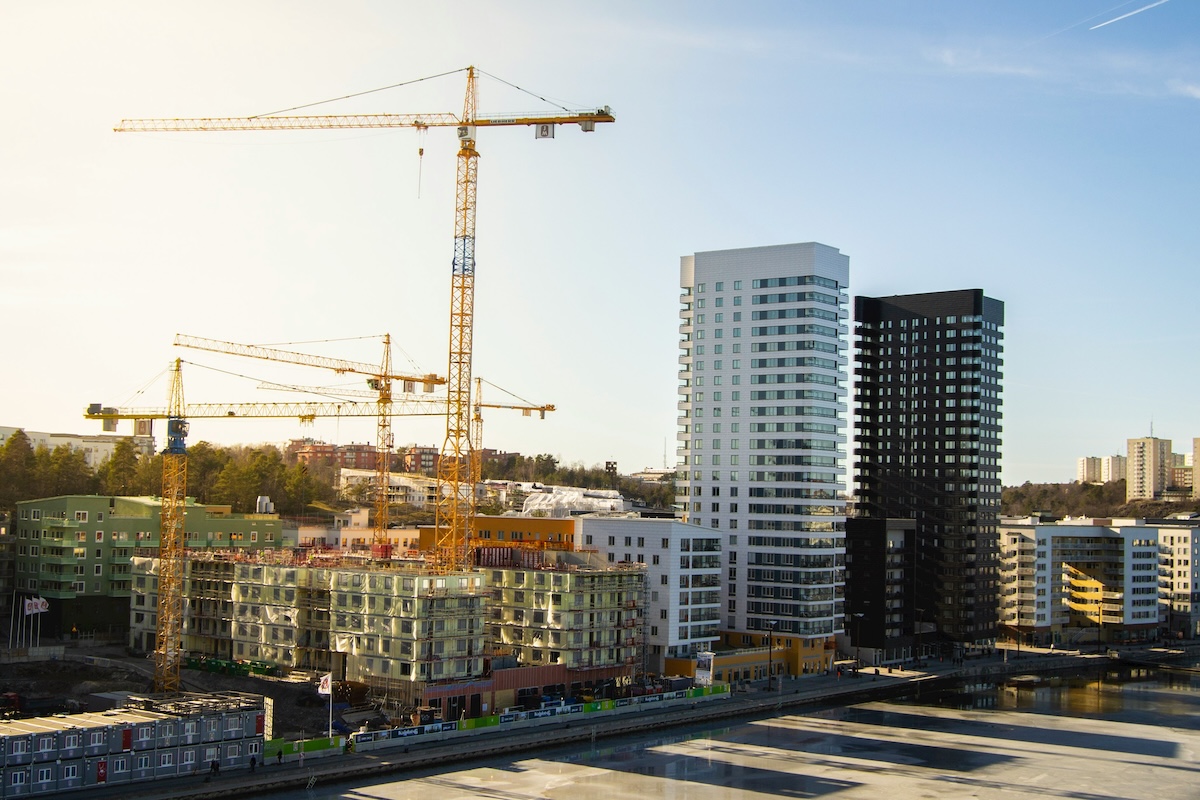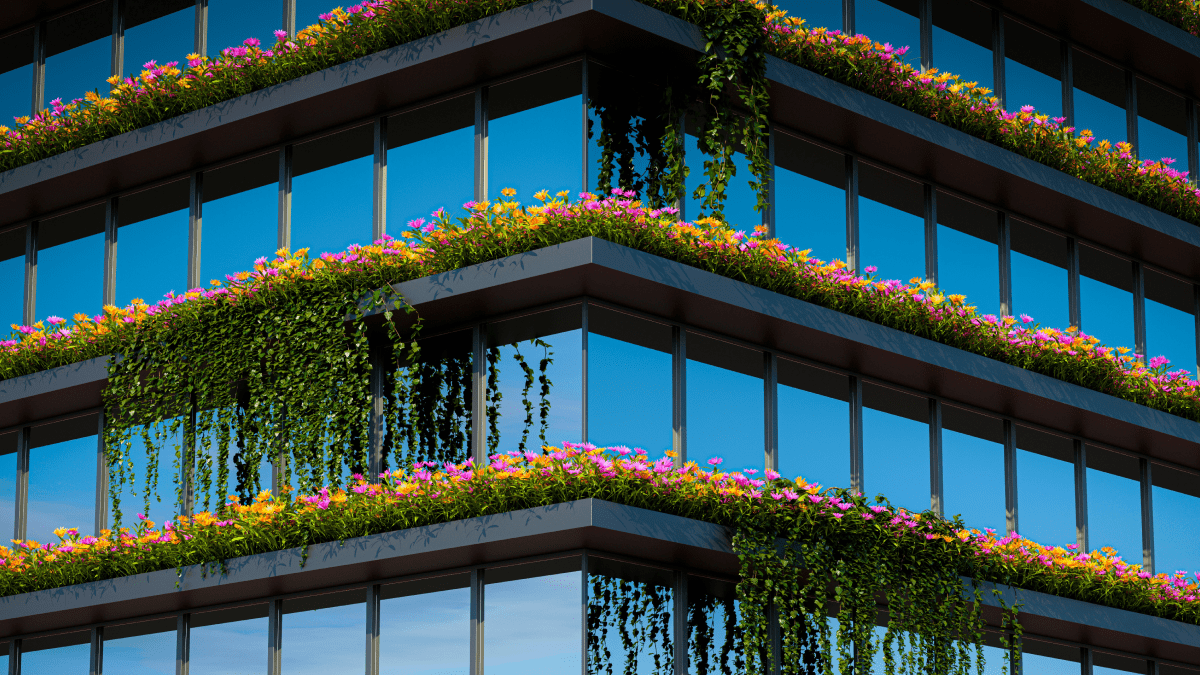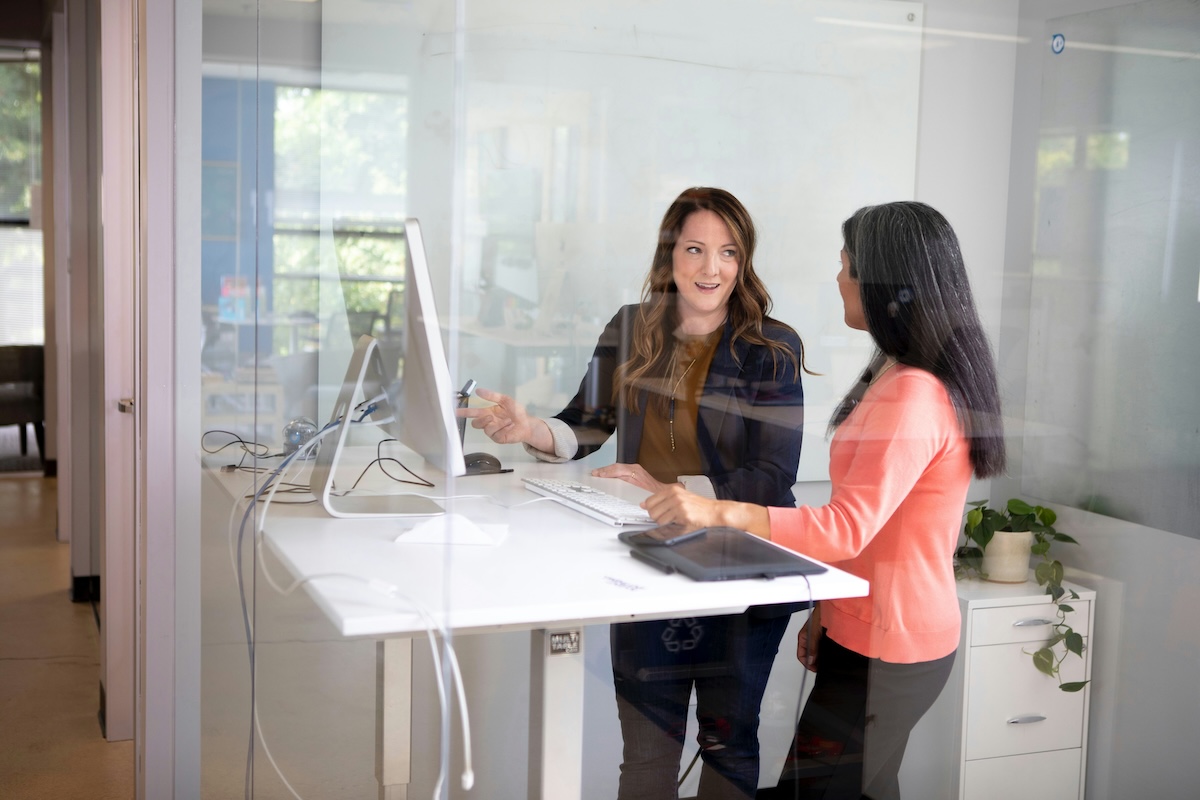When a new building is completed, it can be assumed to serve the community for up to 100 years. To optimize the property’s management over time, it is important to set a strategy right from the start. In this article you can read about how you secure a good start and a prosperous life for your new property – technically, financially as well as sustainably.
When a new construction is finalized, the building is transitioning into management mode. With a long-term approach already from the start, you improve the probability that the property will remain in good condition throughout its lifetime and make it easier to adapt to different needs over time. For example, ensuring efficient use of resources, optimizing operation and maintenance, promoting sustainability and environmental responsibility as well as good financial stability and predictability. Keeping track of all construction details is one thing, property management something else. In the management stage, you need to be much more flexible and swifter, as changes can happen very quickly. Learn about some important elements to consider when establishing valid maintenance for your new property over time.
Use standards and best practices
Start by developing a plan for the basic maintenance of the property. To meet the different needs and quality requirements of the occupants, you need to set budgets and calculate resources. Use Aff-definitions to build smart ranges and set á-prices that are appropriate for your business. This will support you in budgeting and maintenance planning for both the short and long term. At the same time, the Aff framework allows you to add knowledge specific to your property and control pricing in a flexible way.
Take control of your planned maintenance
Maintenance needs to be planned and budgeted over a long period of time, at different intervals. Today, this planning is often managed manually, in Excel, which often leads to inadequate and ineffective administration. Important information could disappear or may only be accessible to a single person. This increases the demand for better support systems. With a property management system, you can manage information and costs more easily and efficiently over a longer period. It also enables you to keep better track of warranty terms and conditions, and historical data that otherwise could be easily “lost” after a few years.
Ensure smooth supervision and maintenance
A common scenario when tenants move in and start using the premises in a new building is that the routines for supervision and maintenance are not fully established. Errors are often reported on a website, with information that ends up in an overloaded inbox, then someone has to write an error report and forward it to the right person who will solve the problem. An unnecessarily inefficient and manual error reporting process for both property managers and tenants. Today, there are much more flexible ways to administer matters related to supervision and maintenance. With the help of a mobile, integrated system solution, the property manager can receive notifications for his daily work directly on her or his mobile device.
A digital property and facility management system increases transparency and quality for all parties – from the person reporting an error, to the person executing the actions needed and the person responsible for controlling the number of errors over time. It also facilitates deriving if the same type of error occurs several times. This usually needs a more thorough investigation of the real reason behind the problem.
Take advantage of smart technology for better monitoring and control
By keeping the property up to date with the latest technology, efficiency and user experience can be improved. This may include implementing smart media systems for monitoring and controlling energy consumption, or alarm systems indicating changes in the work environment that may affect the employees. An example could be a cleaning management system that notifies when a toilet needs cleaning. Or a notification that premises are empty even though rented, which could be an opportunity for better optimization by changing the use of the area .
Plan a flexible area optimization over time
Design and plan the property with possible future remodeling and flexible adaptation in mind. For example, planning for modular areas, sufficient spare spaces and preparing for easier ways to install or upgrade the property’s infrastructure. Meeting the needs of tenants wanting to expand or reduce their use of areas also drives optimization.
To be able to quickly rearrange and adapt the property, it is important to keep your drawings, and your property register updated in line with the changes. If the information differs from reality, it could be a long and complicated process to derive the truth, creating unnecessary friction in the organization. Visual models as digital twins of your premises in the real estate system simplify your administration during relocation and remodelling. This will lead to a more flexible redistribution of costs, for example when a department needs to expand.
Environmental requirements and reporting
Already during the phase of construction, it is common to apply sustainability data, including sustainable material choices in the drawings. The right choice of materials in the construction will affect the environmental footprint during the life of the property.
In the transition to the management phase, you should review which energy efficiency measures can reduce the property’s energy consumption and environmental impact. Such measures could include installing energy-efficient lighting, heating and cooling systems, insulation and using renewable energy. Reducing energy consumption can bring significant cost savings over time. Together with tariffs, this also provides the basis for accounting for your property’s carbon footprint in your company’s CSRD reporting. Are you covered by this legal requirement? Our swedish visitors can find more information at regeringen.se
Make a risk assessment
Always do a thorough risk assessment of the property. Make sure you have adequate insurances, plan for and drill how to deal with potential risks such as fires, floods or other natural disasters. This also includes ensuring that the property complies with current building standards and regulations to minimize the risk of accidents and injuries. Add a reminder for your rounds to comply with regulations regarding, for example, fire safety (SBA) and ventilation controls (OVK) and other inspections. With good preparedness and well-established routines, you minimize the risks of accidents happening.
New builds offer great opportunities to lay the foundations for smart, efficient and digital management that extends the life of your properties. If you manage a large property portfolio, you also want smooth and simple management that is constantly updated. Would you like to know more about how Pythagoras helps industrial companies, municipalities and educational institutions optimise their properties? Read one of our customer cases.



